For any traveler, there are certain responsibilities that come with the territory. If traveling is a fundamental part of your lifestyle, then every choice you make—where you go, what you do, and who you’re with—carries a certain weight. Recognizing that the ability to make these decisions is both a luxury and a privilege, it’s crucial to consider the impacts of your actions. As global travelers, we must be mindful of our footprint and strive to make choices that respect and benefit the communities and environments we visit.
This becomes even more critical when visiting areas where tourism has left a significant mark. The destination to which you are handing your tourism dollars can have profound effects, especially when it comes to conservation. This money can be used to revive dying coral reefs, reintroduce species, and even preserve pristine locations for future explorers. And we faced these kinds of pivotal decisions while planning our expedition in Costa Rica.
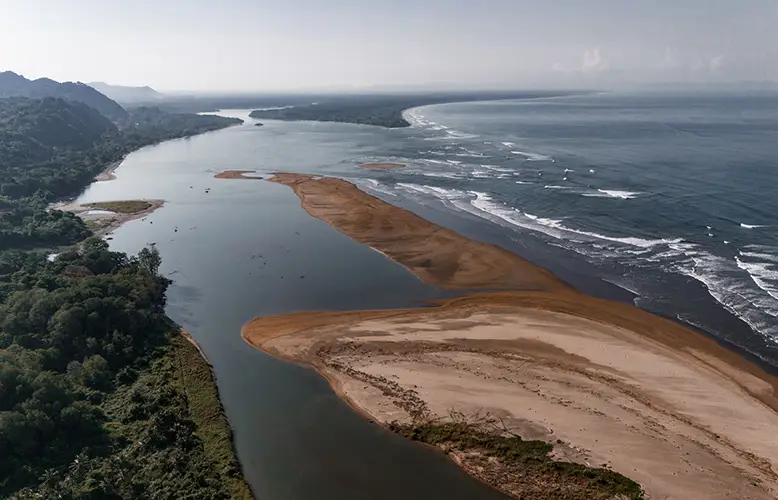
As one of the top destinations in Central America, Costa Rica set a new record in 2023 with 2.4 million international tourists. Each visitor spends, on average, nearly $1,400—a significant sum that, if directed appropriately, can have a substantial positive impact. Recognizing this potential, Costa Rica has heavily invested in ecotourism and has actually gone so far to brand their country accordingly.
Since the 1960s, Costa Rica has been at the forefront of conservation, establishing national parks, refuges, and reserves that now encompass 30% of the country. This initiative paved the way for numerous ecotourism operators who prioritize environmental sustainability. Despite these efforts, one critical area remains behind in the race to protect the country’s natural wonders: the ocean. Even though Costa Rica is celebrated as a leader in sustainable travel, the marine environment has not received the same level of attention or protection as terrestrial habitats, highlighting a significant gap in conservation efforts.
Costa Rica is home to approximately 166 marine protected areas (MPAs), which cover 50% of the nation’s waters. However, the effectiveness of these protections is a topic of concern, with less than 1% of these areas reported to be fully implemented and upheld. Two MPAs stand out in particular for their significant protection efforts: Cocos Island National Park and the Bicentennial Marine Management Area. According to the Marine Conservation Institute, a respected authority in evaluating MPAs globally, these areas are among the few fully protected zones. Cocos Island National Park has been expanded to cover a massive 5 million hectares (12.3 million acres), while the nearby Bicentennial Marine Management Area extends over 100,000 square kilometers (38,600 square miles). The expansion of these MPAs was a landmark moment in marine conservation, significantly advancing Costa Rica’s role in global marine protection efforts.

Despite the broad scope of marine protections in Costa Rica, there still remains some significant gaps in coverage. These are particularly notable in certain coastal regions where protection is either non-existent or ineffectively enforced. However, in recent years, a dedicated team called Innoceana has formed to address these issues in the small South Pacific coastal village of Ochojal. This determined group is working to establish a new protected zone that would span an important ecological corridor. This proposed zone aims to connect Parque Nacional Marino Ballena, Parque Nacional Corcovado, and Reserva Biológica Isla del Cano—areas that are not only critical for biodiversity but also central to the team’s ongoing scientific and research efforts. Innoceana’s initiative puts emphasis on the vital role of local actions in achieving broader conservation goals, striving to fill the gaps left by national efforts and ensure comprehensive protection for their unique marine ecosystems.
Innoceana is a nonprofit organization with a base in Costa Rica that is dedicated to marine conservation and education. This organization works tirelessly to promote sustainable practices and protect marine life through research, community engagement, and the development of innovative technologies. Innoceana’s efforts are focused not only on preserving the rich biodiversity of Costa Rica’s waters but also on empowering local communities to participate actively in conservation initiatives. By fostering a deeper understanding of marine ecosystems and the threats they face, Innoceana aims to inspire and equip individuals and groups to make a positive impact on their local environments.
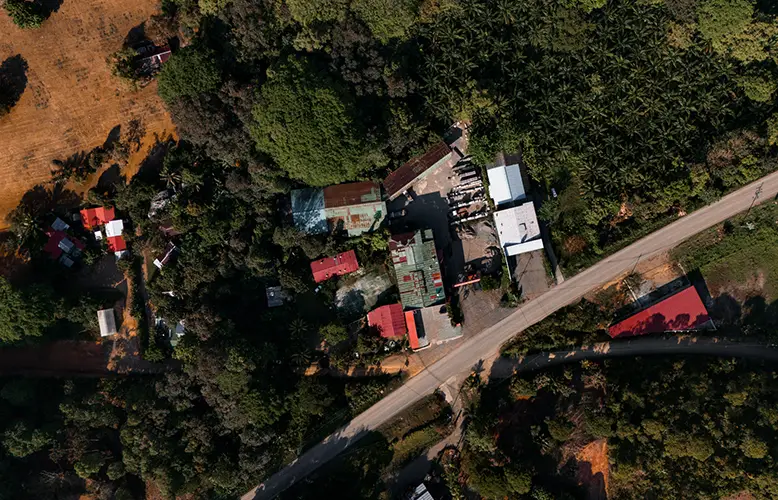
While Mission Blue, one of their key partners, focuses on creating “Hope Spots”—special places that are critical to the health of the ocean—Innoceana takes on the role of protecting these vital areas. They are actively collaborating with the government, national park stakeholders, rangers, local leaders, scientists, and community members to establish protective measures for this identified gap spot. Their efforts aim to ensure that this corridor, vital for its biodiversity and ecological significance, receives the necessary protection to sustain its health and beauty for future generations.
And today, they are inviting those visiting the country to participate in this effort: true ecotourism at its finest. Innoceana offers a unique opportunity for visitors to engage directly in marine conservation through what they call “citizen science expeditions.” These expeditions are based at the luxurious eco-stay SCP Corcovado Wilderness Lodge. There, guests can join the Innoceana team on scuba diving trips to collect important environmental data around Cano Island, just a 30-minute boat ride from the remote resort.
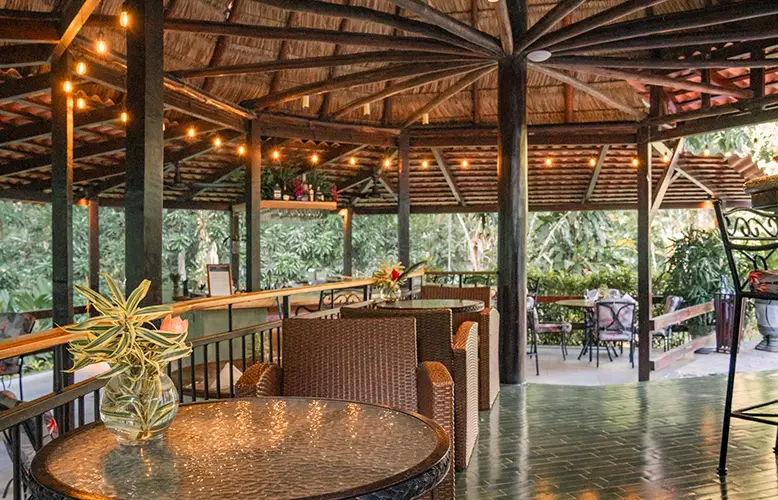
Participants in these expeditions contribute to water quality studies, measuring pH, salinity, nitrates, and phosphates to contribute to international research efforts. A particular focus is on the impact of palm plantations nearby, which, despite their iconic image associated with the tropics, have been criticized for their enabling environmental damage due to chemical runoff. The local communities’ water supply is ultimately affected by this runoff, and the structure of their villages in general are largely tied to the presence of this monoculture.
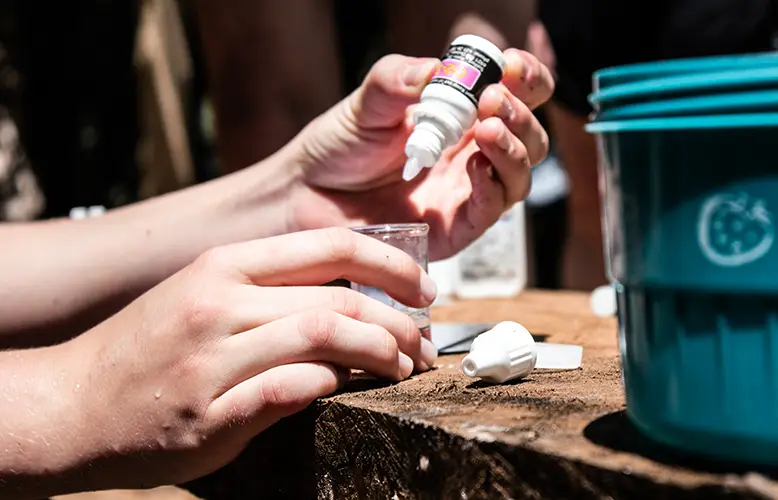
Cano Island itself, a national refuge (but not a national park), is teeming with wildlife, including three species of mammals, 75 types of bats, various reptiles, and a rich marine ecosystem that includes a hawksbill turtle nursery. The waters are also a migratory path for whales traveling from Alaska and are home to diverse marine species such as parrotfish, moray eels, frogfish, nudibranchs, crown of thorns starfish, octopus, lobsters, and the protected cambute (conch). The presence of such varied marine life makes these waters some of the best diving spots in Costa Rica.
This initiative is a bonafide win-win: tourists not only get to participate in crucial conservation efforts but also have the pleasure of experiencing transformative diving. Not to mention, all tourism dollars spent on these expeditions are reinvested into the eco-resort and Innoceana’s ongoing work to protect Costa Rica’s marine environments, ensuring that these efforts can continue to benefit the country and its waters for generations to come.
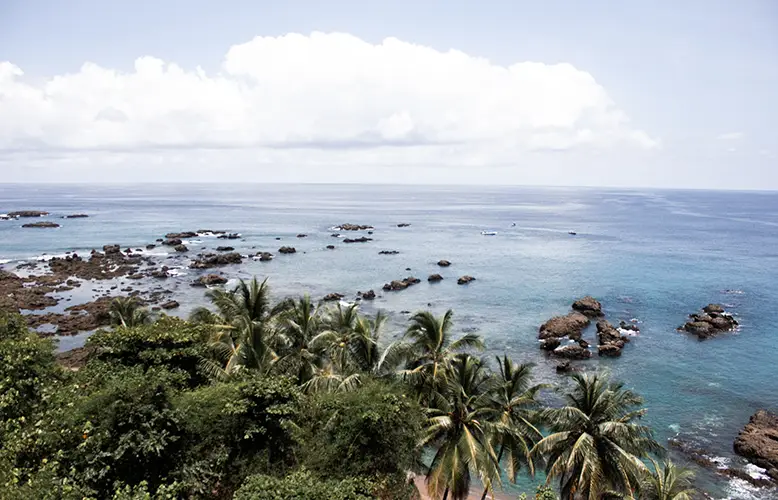
So, when you’re planning your next trip to Costa Rica, you have some critical choices to make. Consider making Innoceana and the Corcovado Wilderness Lodge your selected destinations. Not only will you be treated to the unmatched beauty and luxury of a top-tier eco-resort—what many of us crave when venturing to the land of pura vida—but you’ll also have the unique opportunity to contribute to vital marine conservation efforts through citizen science. Dive into the vibrant underwater world around Cano Island, participate in important environmental research, and immerse yourself in a transformative experience that benefits both you and the planet.





